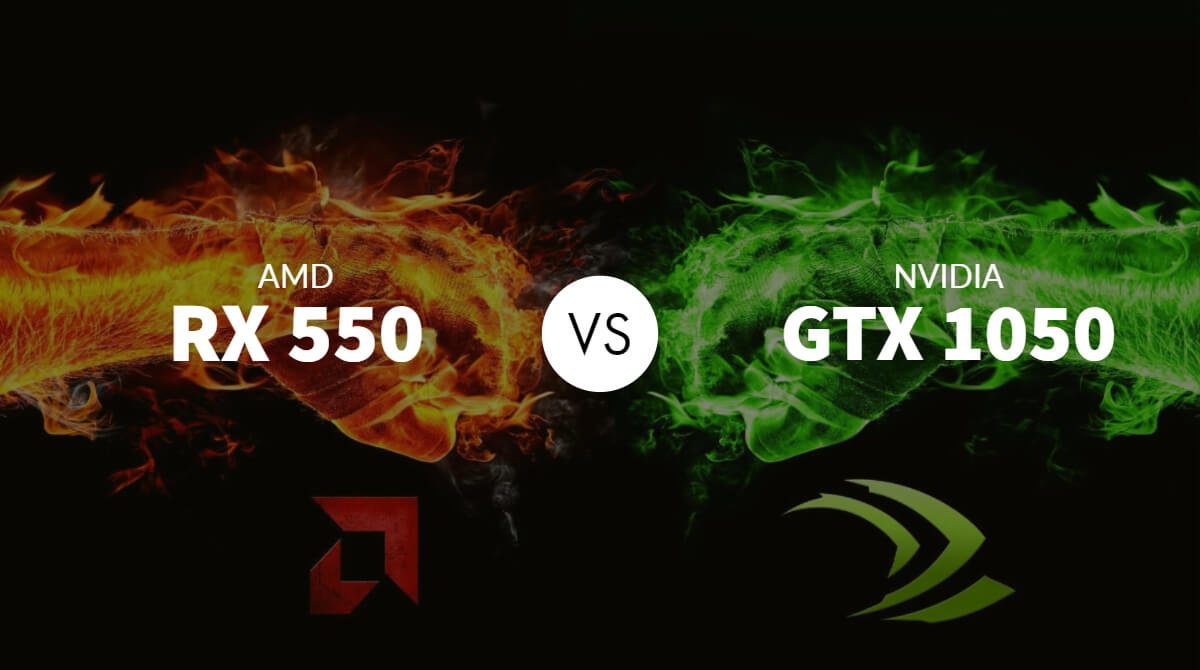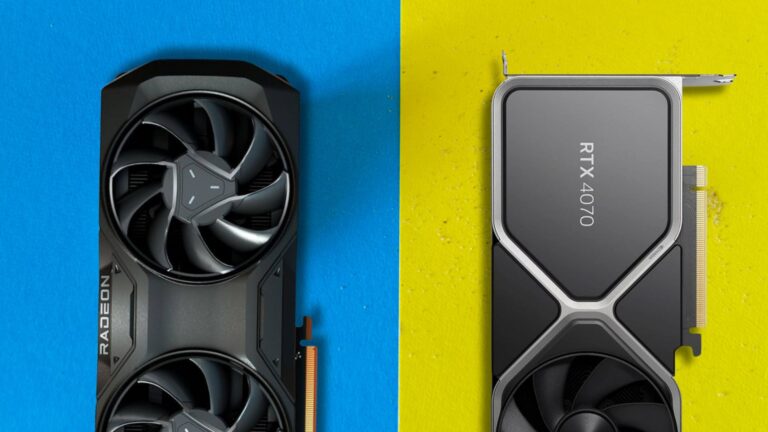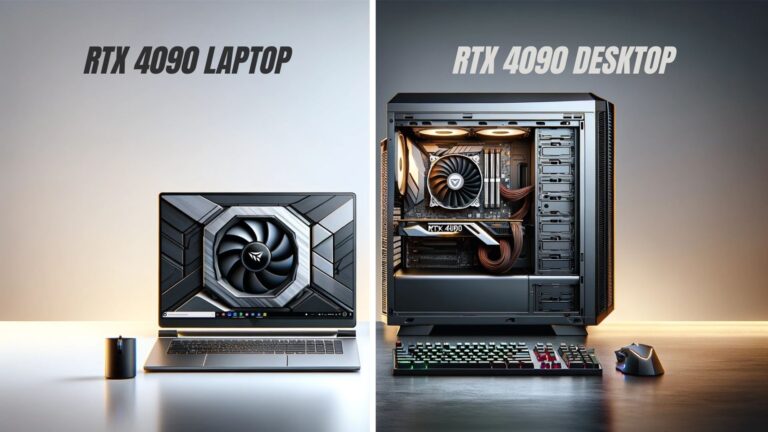Today I’ll be taking a look at two of those budget graphics card choices: AMD’s RX 550 and NVIDIA’s GTX 1050.
 |  |
| Nvidia GTX 1050 | AMD RX 550 |
| BUY NOW | BUY NOW |
| PROS | PROS |
| Handles 1080p medium gaming. Efficient and budget-friendly. It’s a cheaper version of the GTX 950. | Fits in small-form-factor and cramped cases. No extra power needed. |
| CONS | CONS |
| It’s a cheaper version of the GTX 950. 2GB VRAM is a concern moving forward. | Competition performs better, for the same money. |
SPECIFICATIONS:
| MODEL | GIGABYTE GTX 1050 | MSI RX 550 |
| Brand | GIGABYTE | MSI |
| Model | GV-N1050OC-2GD | RX 550 4GT LP OC |
| INTERFACE | GIGABYTE GTX 1050 | MSI RX 550 |
| Interface | PCI Express 3.0 x16 | PCI Express x16 (Uses x8) |
| CHIPSET | GIGABYTE GTX 1050 | MSI RX 550 |
| Chipset Manufacturer | NVIDIA | AMD |
| GPU Series | NVIDIA GeForce GTX 10 Series | AMD Radeon RX 500 Series |
| GPU | GeForce GTX 1050 | Radeon RX 550 |
| Core Clock | 1404 MHz in OC Mode 1379 MHz in Gaming | |
| Stream Processors / CUDA Cores | 640 | 512 Stream Processors |
| MEMORY | GIGABYTE GTX 1050 | MSI RX 550 |
| Effective Memory Clock | 7008 MHz | 6000 MHz |
| Memory Size | 2GB | 4GB |
| Memory Interface | 128-Bit | 128-Bit |
| Memory Type | GDDR5 | GDDR5 |
| 3D API | GIGABYTE GTX 1050 | MSI RX 550 |
| DirectX | DirectX 12 | DirectX 12 |
| OpenGL | OpenGL 4.5 | OpenGL 4.5 |
| PORTS | GIGABYTE GTX 1050 | MSI RX 550 |
| HDMI | 1 x HDMI 2.0b | 1 x HDMI 2.0 |
| Multi-Monitor Support | 3 | 2 |
| DisplayPort | 1 x DisplayPort 1.4 | |
| DVI | 1 x Dual-Link DVI-D | 1 x DL-DVI-D |
| DETAILS | GIGABYTE GTX 1050 | MSI RX 550 |
| Virtual Reality Ready | ||
| Cooler | Double Fans | Double Fans |
| Thermal Design Power | 75W | |
| System Requirements | Recommended PSU: 300W | Power consumption: 50W Recommended PSU: 400W |
| Dual-Link DVI Supported | Yes | Yes |
| FORM FACTOR & DIMENSIONS | GIGABYTE GTX 1050 | MSI RX 550 |
| Form Factor | ATX | Low Profile |
| Max GPU Length | 191 mm | 170 mm |
| Card Dimensions (L x H) | 7.52″ x 4.37″ | 6.69″ x 2.68″ |
| Slot Width | Dual Slot | Dual Slot |
Expert Reviews For Nvidia GTX 1050:
By TrustedReviews
The best-value low-budget GPU for eSports gamers.Thanks to Overclockers UK for supplying this review…By PCWorld
MSI’s overclocked GeForce GTX 1050 graphics card outpunches its AMD rival for significantly lower cost, and can seamlessly slip into prebuilt “big box” computers.By TechPowerUp
I pretty much feel the same about GTX 1050 non-Ti, its gaming performance is simply too low for anything serious. Please do yourself a favor and save up a little bit more money to get something like GTX 1050 Ti or maybe RX 470, it will make a huge difference, no matter what games you play.By HotHardware
The new GeForce GTX 1050 and GTX 1050 Ti are interesting products. They won’t set the gaming world aflame with blazing performance, but what they do is allow virtually any PC user to install a Pascal-based graphics card and enjoy many current games at 1080p, without having to worry about power supply limitations.By BenchmarkReviews
Ask yourself what you expect your graphics card to do. If you don’t play any games and need a new graphics card just to watch movies, browse the web, and perhaps edit photos without constant stuttering and annoying lags, both the Nvidia GeForce GTX 1050…Expert Reviews For AMD RX 550:
By RelaxedTech
The Radeon RX 550 offers excellent performance in many popular DX11 and DX12 titles and it certainly crushes Intel’s HD 630 in all the games that I tested. It can achieve a well playable FPS in 720p with medium settings in most games. The Radeon RX 550…By PCWorld
You’ll find single connections for the aforementioned HDMI and DisplayPorts, as well as DVI-D, which is officially eradicated from AMD’s reference lineup but damned handy for older and entry-level monitors serving this price range. Got it? Good. Let’s see how this puppy handles.By Phoronix
Earlier this week I posted a number of Radeon RX 550 Linux benchmarks making use of AMD’s popular open-source driver stack. For those wondering how the open-source driver compares to the AMDGPU-PRO hybrid proprietary driver for this sub-$100 Polaris…By Gizmodo
If you’re the rare person with a tower PC, or you’re a builder eager to create something cheap, then the RX 550 is a good choice. And if you buy it and don’t like it — no big deal— it only cost $30 more than Mass Effect Andromeda.
DETAILED REVIEW:
Above we have shown the overview and depth specifications of both the graphics card. Now, we are sharing the full review of both graphics cards.
OVERVIEW:
| GTX 1050 | AMD RX 550 | |
| S.Proces/ C.Cores | 640 | 512 |
| Base Clock | 1354 | 1100 |
| Boost Clock | 1455 | 1183 |
| Memory | 2GB | 2GB |
| Interface | 128 – Bit | 128-bit |
| Bandwidth | 112 GB/s | 112 GB/s |
| NOTE – Things like Cuda cores, stream processors, and clock speeds are not directly comparable because both are based on different architectures. |
The RX 550 is our most recent release, being introduced back in April of 2017 at a launch price of $80. It runs a core clock of 1100MHz, has 2GB of GDDR5 memory running at 1750 MHz, is equipped with 512 shaders, and runs at a TDP of only 50W.
The GTX 1050 is a little older, having been released almost 1 year ago in October of 2016 at a launch price of $110. It runs a core clock of 1354 MHz, has 2GB of GDDR5 memory at 1752 MHz, has 640 shaders, and a TDP of 75W.
Both cards take up two slots and have a DVI, HDMI, and DisplayPort jack, and neither one utilizes a 6 pin PCIe power connector, so you can drop these into any old prebuilt with no power issues.
PERFORMANCE
Battlefield 1
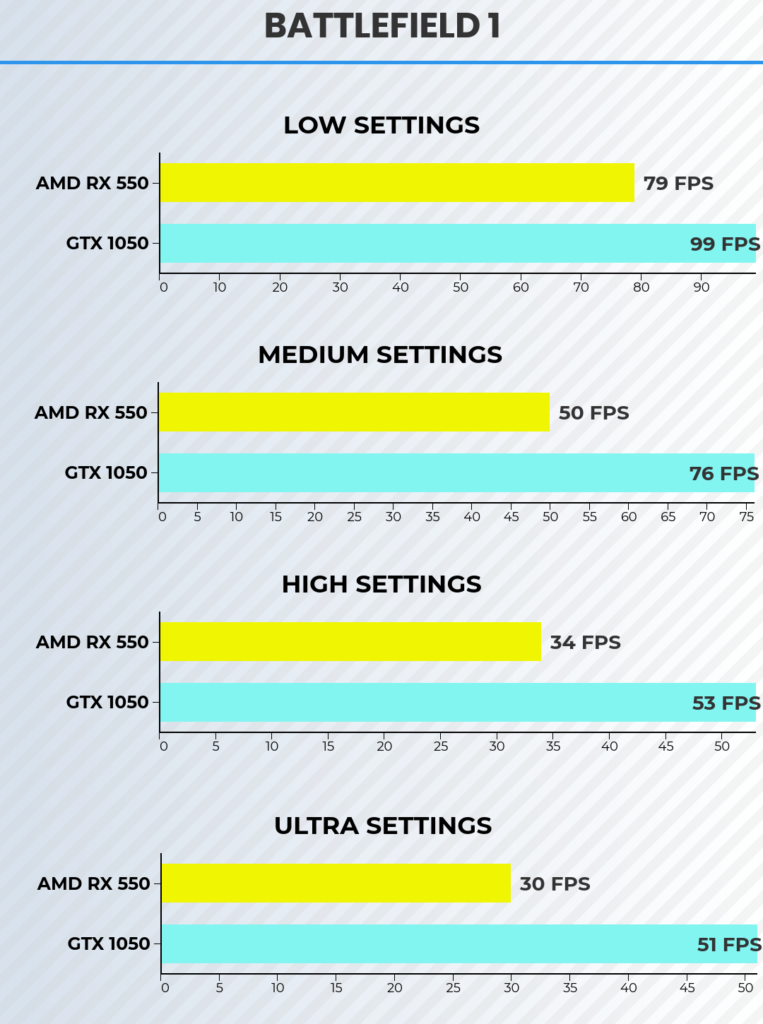
Since this game was designed with consoles in mind, even entry level GPUs like the RX 550 and GTX 1050 should be able to handle it pretty well.
On low settings, the 550 manages a fairly impressive 79FPS average while the 1050 sits at 99. 1% and .1% lows for the 550 were actually better than those of the 1050; 44 and 32 vs 29 and 13, respectively.
On medium settings, the 550 starts to bog down; 55 FPS average vs the 1050’s 76 frames per second. Again, the 550 maintained better lows at 33 and 28FPS compared to the 1050’s 19 and 8FPS.
On high settings, the 550 barely maintains over 30FPS with lows in the still somewhat-acceptable mid 20s. The GTX 1050 still holds a good average frame rate at 53FPS, but lows are again a rough 18 and 13 FPS.
On ultra settings, the 1050 finally outpaces the 550 at every level. 51FPS average vs AMD’s 30, 30FPS 1% lows vs 22, and 21FPS 0.1% lows vs 16.
In Battlefield 1, both cards are reasonably playable up to medium or high settings at 1080p.
Counter Strike: Global Offensive
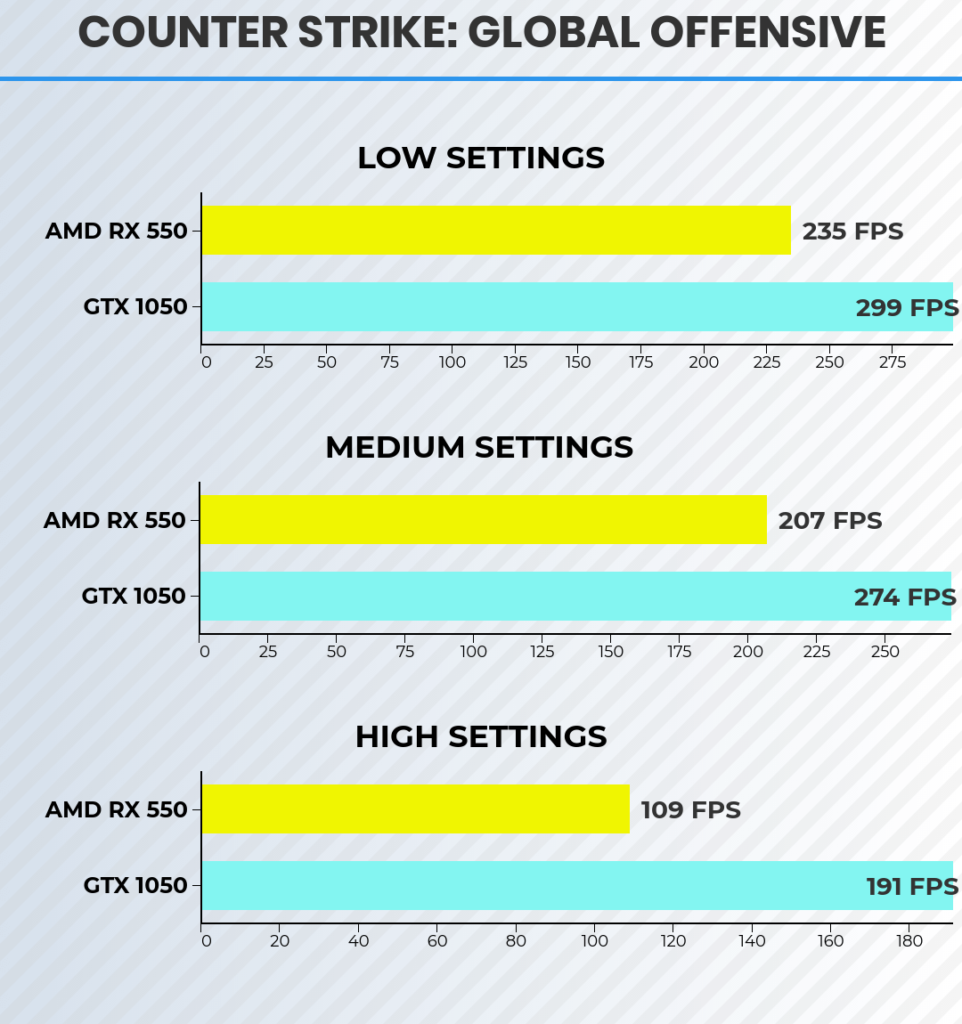
This is an esports title, which is exactly what AMD and NVIDIA were aiming for with their budget cards.
On low settings, the 550 averages 235FPS while the GTX 1050 hits just under 300. 1% and 0.1% lows are 105 and 50 frames per second for the 550, while the 1050 keeps 1% lows at 154 and 0.1% lows at 70FPS.
On medium settings, the 1050 leads with 274FPS vs the RX 550’s 207FPS. 1% lows are similar for both cards; 92 for the 550 and 98 for the 1050. 0.1% lows, however, show a preference for the 550: 44FPS vs the 1050’s 28FPS.
On high settings, the 1050 gets a sizable lead: 191 FPS average vs the 550’s 109FPS. In 1% and 0.1% lows, the 550 falls behind again with 29 and 10FPS respectively vs the 1050’s 51 and 17.
Crank up the settings and the 550 starts to falter, but on low and medium settings the 550 definitely holds its own.
Deus Ex: Mankind Divided
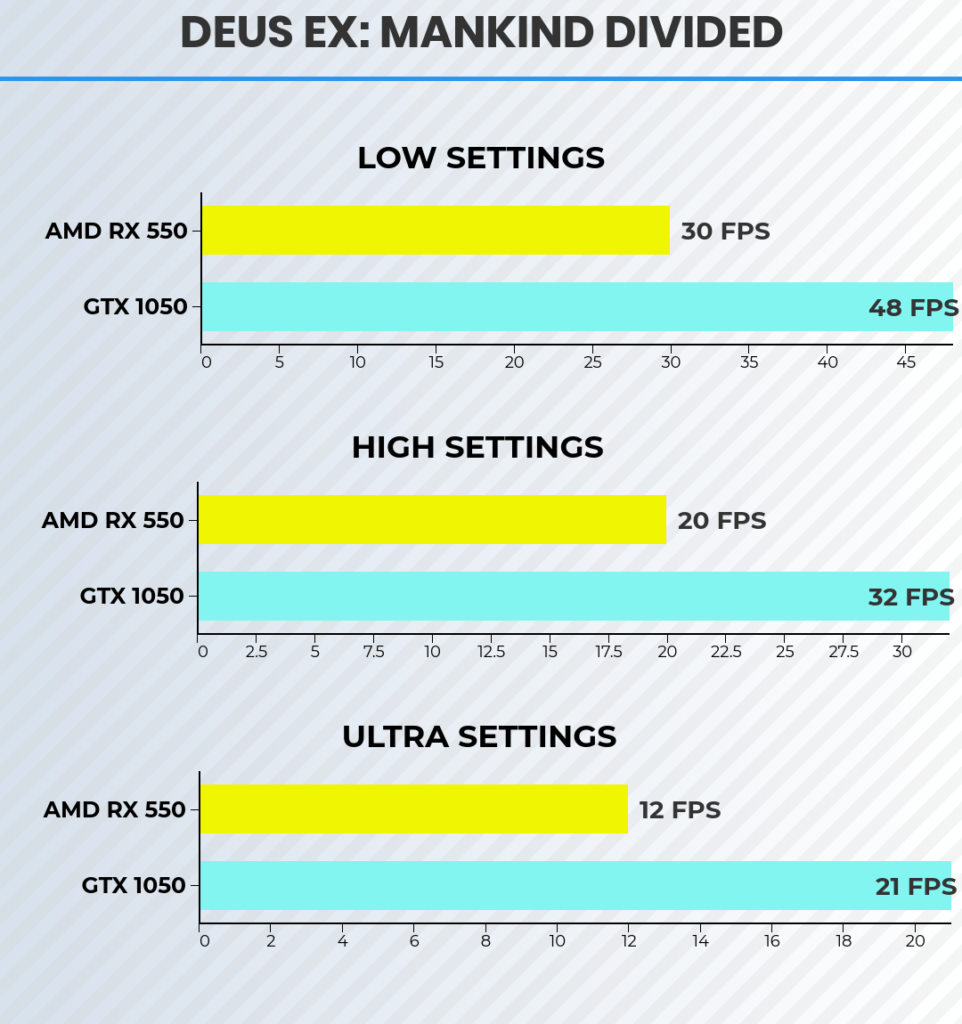
This is a graphically intensive game and very unforgiving, so these budget cards are going to have some difficulty.
On the lowest settings, the 550 only averages 30FPS with 1% and 0.1% lows at 24. The 1050 holds a much smoother, but still not ideal, 48 frames per second average, 32 FPS 1% low, and 21FPS 0.1% lows.
On high settings, the 550 drops to an unplayable 20FPS with lows at 14 and 13FPS. The 1050, on the other hand, manages a still-playable 32FPS average with lows at 25 and 24 frames per second.
On ultra settings, both cards fall apart. The 1050 averages 21 FPS and the 550 averages a mere 12. Lows for the 1050 are at 13 and 8FPS, while the 550 drops below 10.
If Deus Ex is the type of game you’re interested in playing, these cards are really only good for low settings.
GTA V
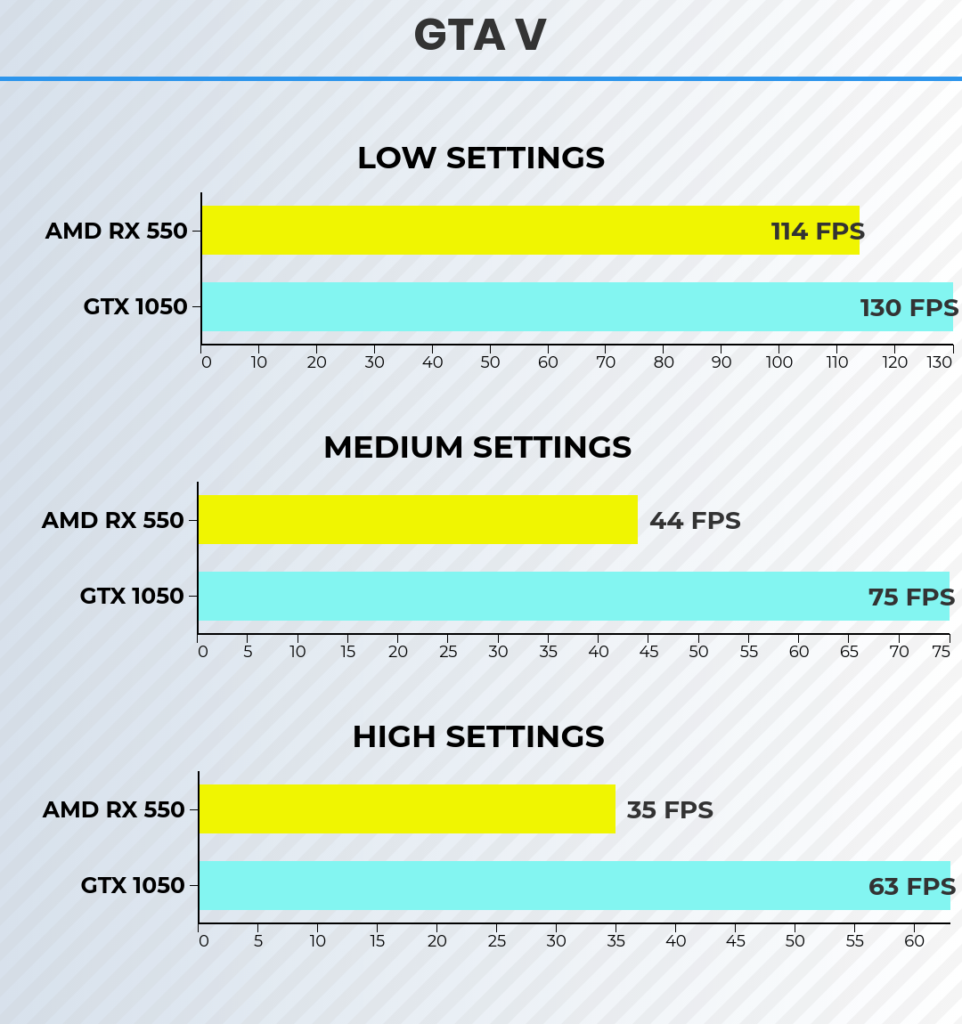
Since this is another cross-platform game designed for consoles to handle, we can expect reasonable performance even from the RX 550.
In fact, at low settings the 550 performs beautifully: 114 FPS average, 80FPS 1% lows, and 70FPS 0.1% lows. The 1050 experiences that weird stuttering effect on low settings, so while its average is a healthy 130 frames per second, the lows drop well under 10FPS, making it unplayable.
On medium settings, the 550 takes a big hit down to 44 FPS average vs the 1050’s 75, with 1% and 0.1% lows at 34 and 31 FPS each. The 1050’s lows are a much more manageable 55 and 45FPS.
On high settings, the 550 only averages 35 FPS with lows at 28 and 26FPS. The 1050 is still actually pretty good; 63FPS average, 47FPS 1% lows, and an acceptable 33FPS 0.1% low.
The 1050 will keep it playable up to high settings, but even the 550 is alright on low or medium settings in GTA V.
Just Cause 3
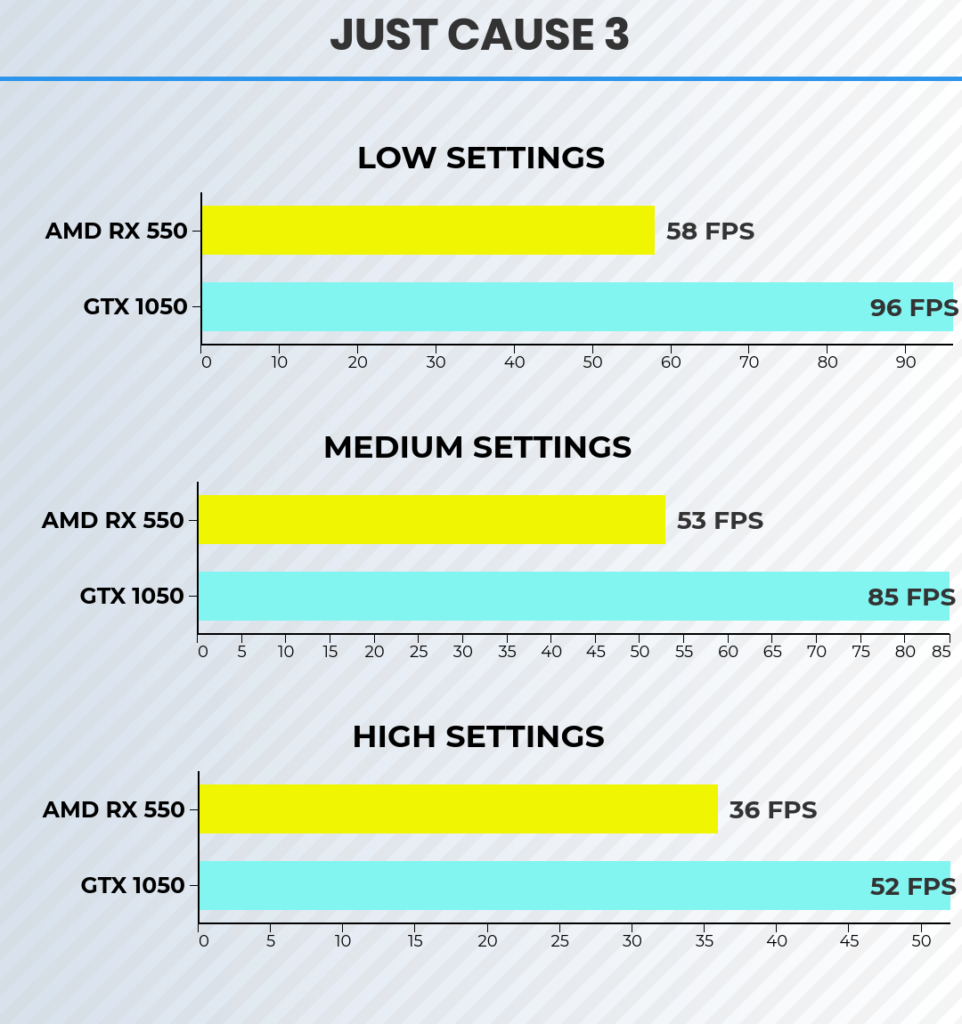
This is a taxing game which tends to perform better on NVIDIA GPUs, so we should expect a handy victory for the GTX 1050 here.
Indeed on low settings, the 550 averages just under 60FPS while the 1050 hits nearly 100. 1% and 0.1% lows for the 550 are 35 and 26FPS respectively, compared to the 1050’s 44 and 40FPS.
Turning it up to medium settings, the 550 actually doesn’t take too big of a hit; 53 FPS average, 32FPS 1% lows, and 25FPS 0.1% lows. The 1050 drops its average to 85FPS, with 1% lows at 38 and 0.1% lows at 25.
On high settings, both cards start to struggle. The 550 only averages 36FPS with lows at 22 and 19FPS, while the 1050 keeps a smoother 52FPS average with 1% lows at 25FPS, but a pretty awful 8 frame per second 0.1% low.
For Just Cause 3, both cards are playable up to medium settings, but take a turn for the worse on high.
Overwatch
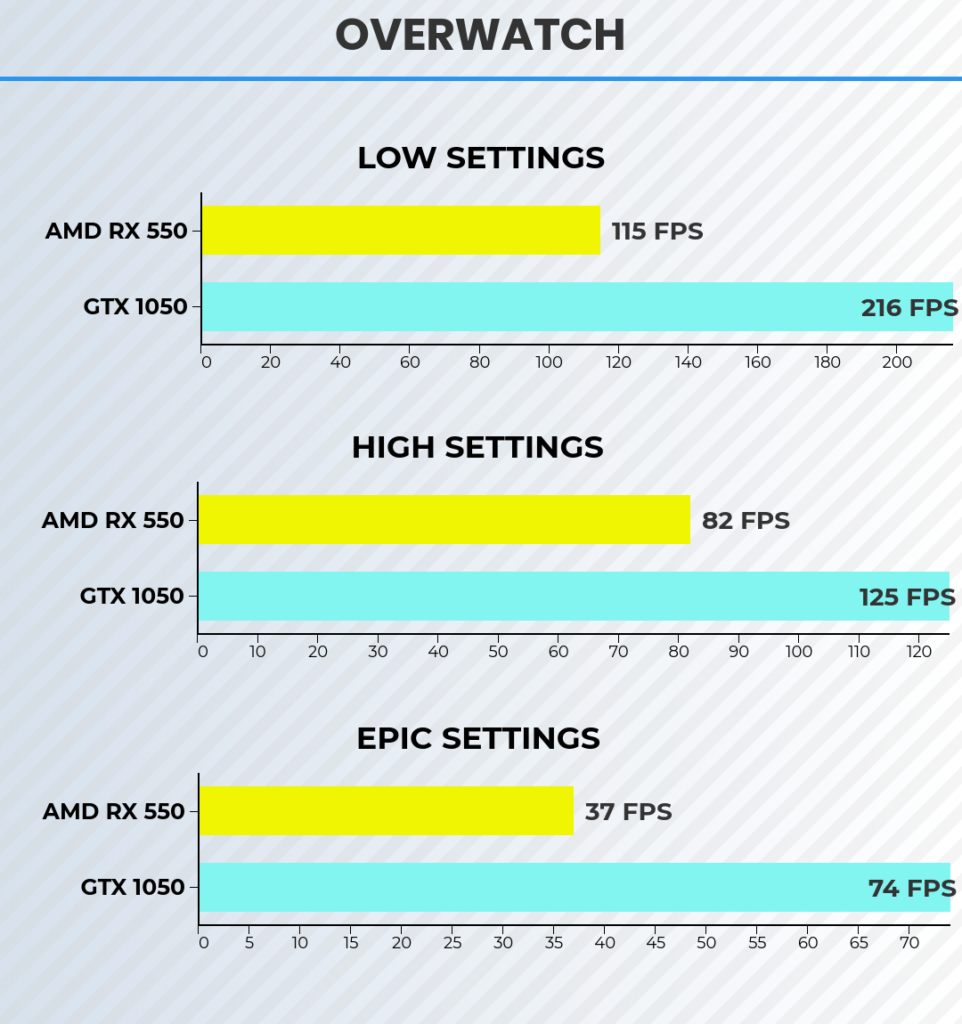
Being an esports title this game is meant to be playable on a calculator or TV remote, so the 550 and 1050 should fare pretty well.
On low settings, the RX 550 averages 115FPS with very close 1% and 0.1% lows at 100 and 99FPS respectively. That’s a good indication for consistent, smooth gameplay. The 1050 holds up a much higher 216FPS average, with 1% lows at 173 and 0.1% lows at 108.
On high settings, the 550 averages 82FPS with lows at 73 and 71FPS, again a good indication for smooth gameplay. The 1050 keeps up a roughly 50% higher average at 125FPS with lows at 110 and 101FPS.
On epic, the 550 really struggles; 37FPS average, 1% lows at 34FPS, and 0.1% lows at 32. The 1050 is still good, though, with a 74FPS average, 63FPS 1% low, and just under 60FPS for the 0.1% lows.
Based on these results, the 550 is playable for high or very high settings, while the 1050 can max out the game on epic settings and still keep up 60FPS.
PUBG
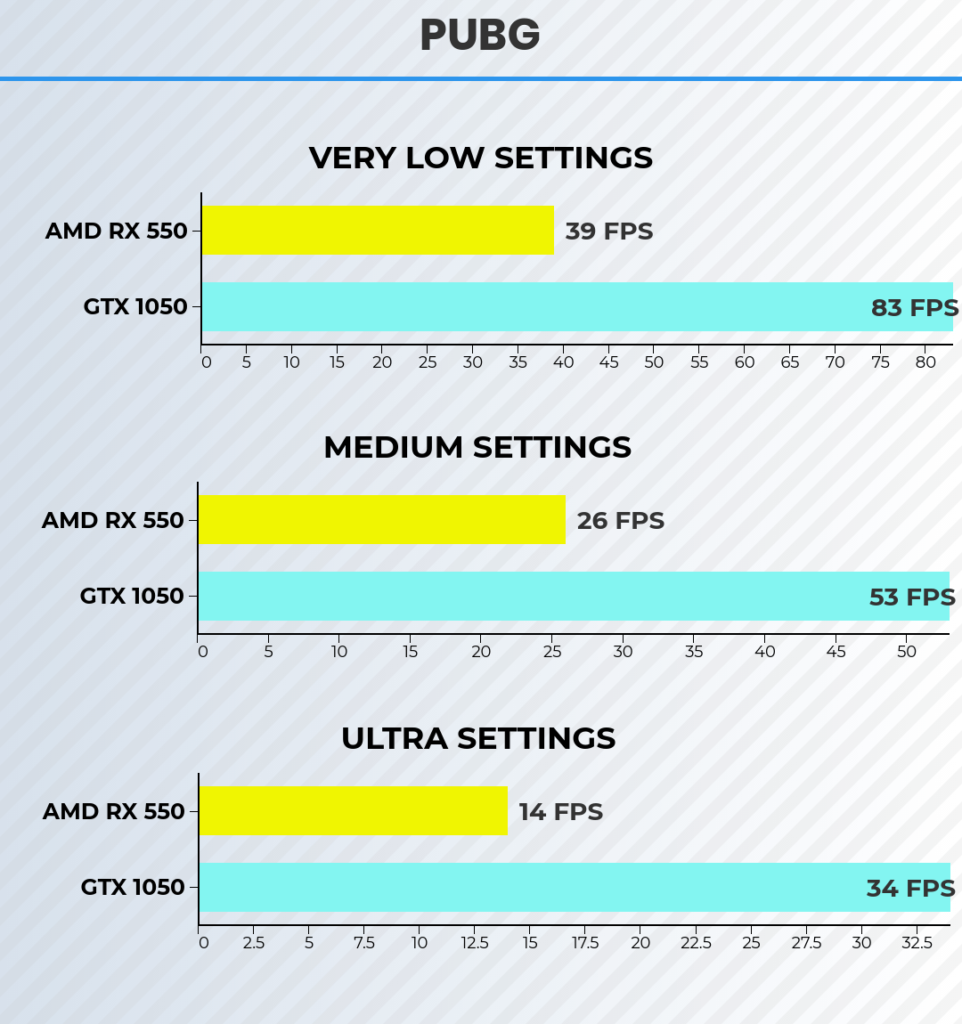
PlayerUnkown’s Battlegrounds is our next game in the lineup. It’s early access, it’s unoptimized, and it doesn’t perform that great with really anything.
On very low settings, the 550 averages 39FPS with 1% lows at 27 and 0.1% lows at 19FPS. The 1050 more than doubles that average at 83FPS, but still has rough lows: 37FPS 1% and 18FPS in the 0.1%.
On medium settings, the 550 becomes unplayable at 26FPS average with lows at 17 and 13. The 1050 is still… okay, with a 53 FPS average but lows down to 22FPS in the 1% and 10 in the 0.1%.
On ultra the 550 produces an entertaining slide show at about 14FPS average with lows under 10FPS.
The 1050 is almost playable; 34 FPS average, but both 1% and 0.1% lows are well under 20 frames per second. The RX 550 can kinda handle PUBG on very low settings but you may run into trouble in combat due to the inconsistent frame rate. The 1050 is good for very low or low settings but above that, the stuttering starts to be a detriment to gameplay.
Rocket League
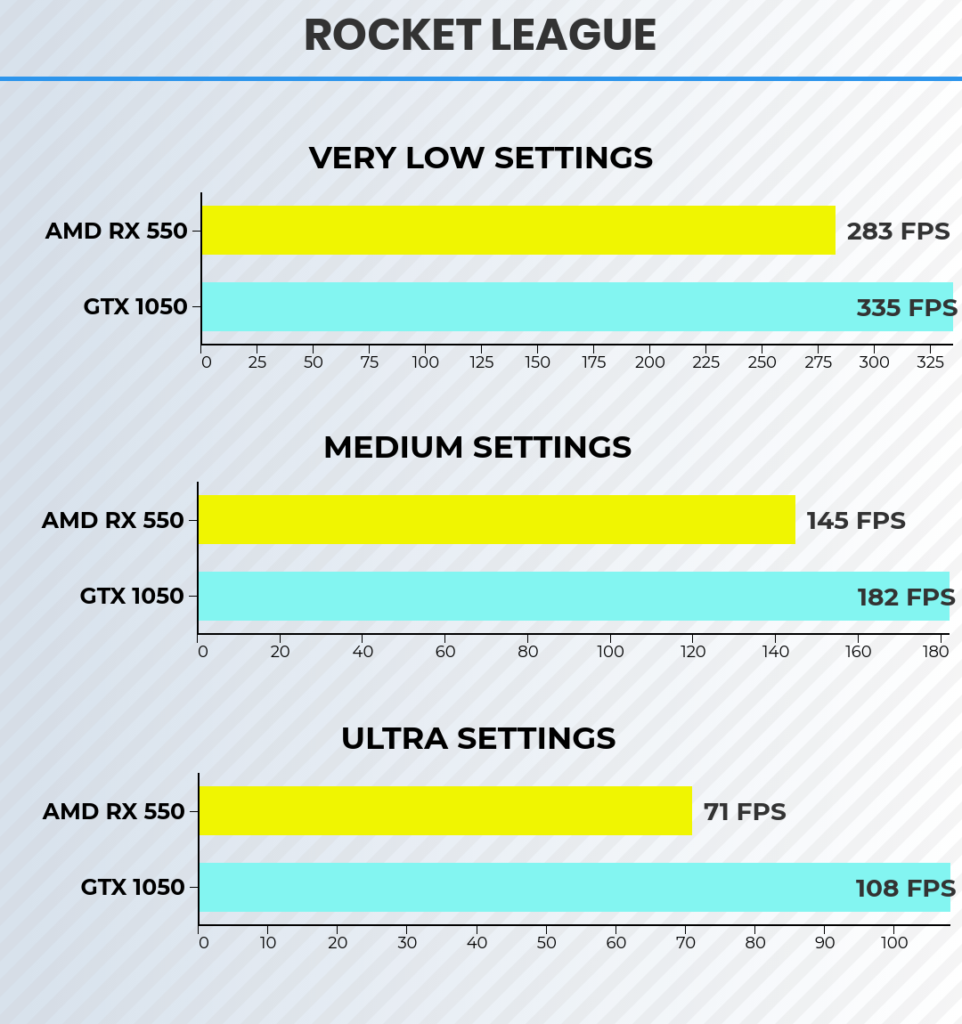
Built for esports with consoles in mind, this game should be good to go even on a very basic GPU like the RX 550.
On low settings, the 550 manages an impressive 283FPS average, 216 FPS 1% low, and 167 0.1% low. The 1050 is only slightly ahead with a 335FPS average, 238FPS 1% low, and actually slightly lower 146FPS 0.1% low.
On medium settings, the 550 still averages a healthy 145FPS with lows at 112FPS and 87FPS. The 1050 hits much higher at a 182FPS average, 147FPS 1% low, and 115FPS 0.1% low.
On the highest settings, the 550 is still comfortably playable; 71FPS average with 1% lows at 53 and 0.1% lows at 42. The 1050 outperforms it considerably at 108FPS average with both lows above 80 frames per second.
For gaming at 1080p and 60FPS, both cards can readily max out Rocket League. If you’re shooting for 120 or 144FPS, medium settings will probably suit you better.
POWER CONSUMPTION
Comparing temperatures on GPUs is a little less accurate than CPUs, since basically every card has a different cooler.
For these cards I set both fans to 45% speed, the minimum allowable on the GTX 1050, and measured the temperatures in a room at 24C.
The RX 550, the test bench drew 48W at idle and while stress testing with Unigine’s Valley, drew 115W from the wall.
The GTX 1050 took almost the exact same power at idle; 48W from the wall.
Under stress testing, however, the power draw was higher at 137W. This makes sense since the 1050 has a 25W higher TDP; the power draw was 22W more, almost identical to the TDP change.
TEMPERATURES
The RX 550 idled at 33C and under stress testing hit 67C.
The GTX 1050 identically idled at 33C, but hit a slightly higher 71C under load.
Take these results with a grain of salt, because the coolers are necessarily not identical. Even at the same fan speed, coolers from different manufacturers and different boards could perform dramatically different.
From a subjective standpoint, however, both of them were essentially inaudible at the 45% speed I set them to, and neither one had to increase the fan speed above 45%.
WHICH BUDGET GPU YOU SHOULD BUY?
Really that depends on your budget. When you’re working with tight finances, price to performance is one of the most important factors to look at, and in this case both cards are nearly identical in that regard.
If you’re exclusively playing esports like CSGO or Overwatch at 1080p on a 60Hz monitor, an RX 550 is really all you need.
If you’re playing more demanding games like PUBG or you want to run medium or high settings instead of low, a GTX 1050 will be your best bet.
| I’d recommend going for the GTX 1050. That’ll give you much more longevity as newer and more demanding games are released, and give you more acceptable performance in the demanding games we have today. |
